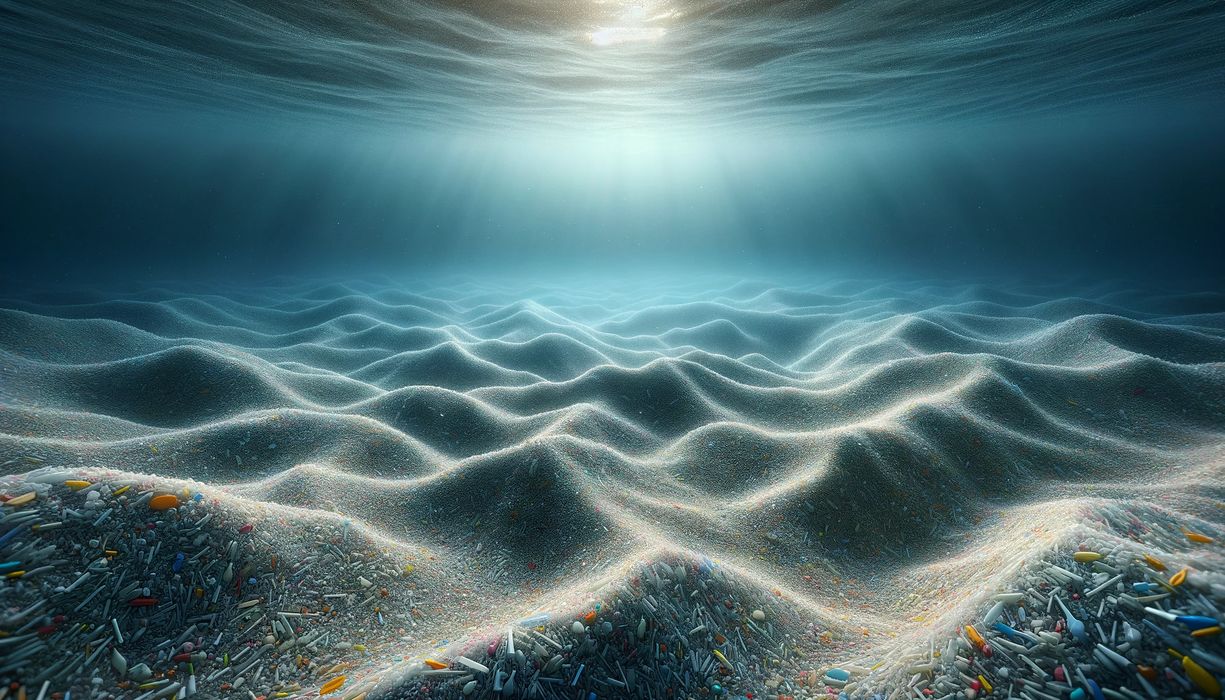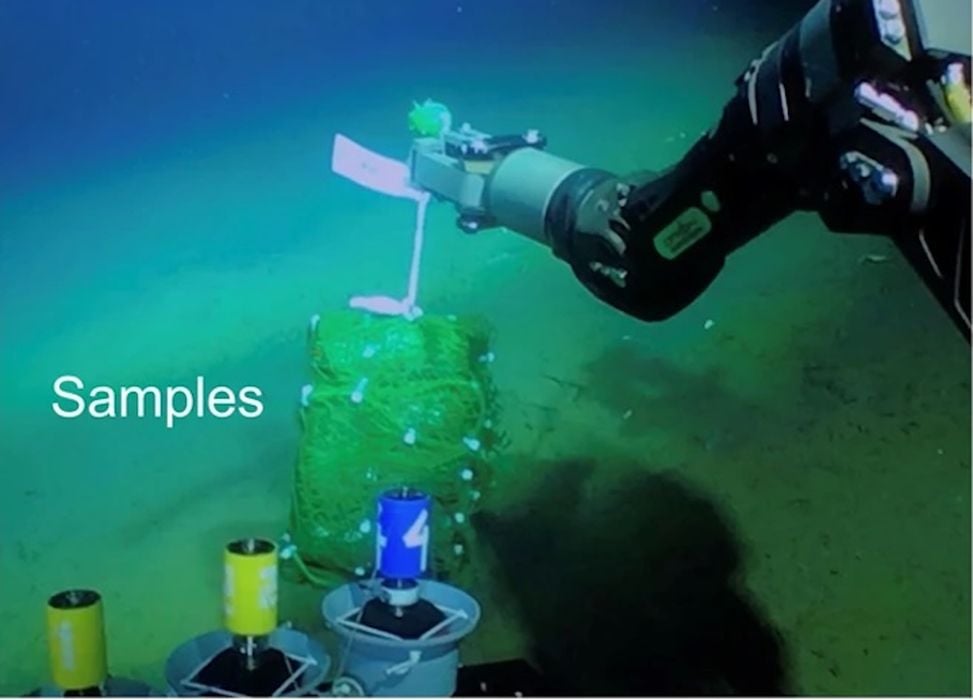
An interesting study has investigated whether commonly used plastics, including 3D print materials, can naturally decompose in the ocean.
There’s been rising interest in sustainable materials in recent years. We’ve heard from several providers that customers are now beginning to request eco friendly, sustainable materials much more often.
That interest is driven by increasing concerns about the environment, and specifically microplastic pollution.
Discarded plastic items mechanically break down into smaller and smaller particles. Ultimately they can become so tiny that they are blown about by the wind, and now microplastics are found literally everyone on Earth.
Of the 400M tonnes of plastics produced each year, a portion is washed into the ocean. This is through rivers, which carry microplastics from discarded plastic items all the way to the ocean.
Some of the plastics produced are designed to be biodegradable — but that’s on land. Land has a set of conditions, including temperature, pressure, light, and a suite of microorganisms that “eat” the biodegradable plastics.
The researchers were interested in learning whether these plastics would similarly degrade in the ocean, which has entirely different conditions. Were there any microorganisms present to decompose the plastic?

They produced injection moulded samples made from a number of different materials and deposited them in the ocean in multiple locations at several depths. These samples would be analogous to 3D printed parts for this purpose.
After a time these samples were recovered and intensely analyzed to determine the extent of degradation.
What did they find? Of the materials tested, some were not designed to decompose, and they did not, similar to their land-based performance. The two materials of interest here are PLA and PHA.
PLA is the most popular 3D print material due to its ease of printing and wide availability. While PLA is often made from non-fossil sources, it can only degrade in extreme industrial mechanisms. Experiments have shown PLA 3D prints simply don’t degrade when buried on land, as decomposition requires heat and pressure.
Those using PLA may be comforted that their purchase involved less CO2 release, but perhaps don’t realize they are majorly contributing to the microplastic problem.

In the study PHA came out on top. This material, which we looked at in some detail this week, was shown to be by far the easiest to degrade in the ocean.
However, it’s not quite the same as on land. The researchers wrote:
“Our results comparing the biodegradation rate of biodegradable plastics at the shore and the deep-sea floor, where large amounts of plastics are thought to have sunk, reveal that the rate of biodegradation at the deep-sea floor is slower than at the shore, and that the biodegradation rate depends on the depth. Evidently, the result that the biodegradation rate depends on the depth is related to the local number and diversity of degrading microorganisms.”
This makes intuitive sense.
What else would make sense? A shift from the default PLA 3D printing material to PHA material. That would ensure that the majority of discarded 3D prints (and support material, failed prints, leftover filament, etc) would naturally biodegrade in the environment, both on land and sea.
Via Nature
